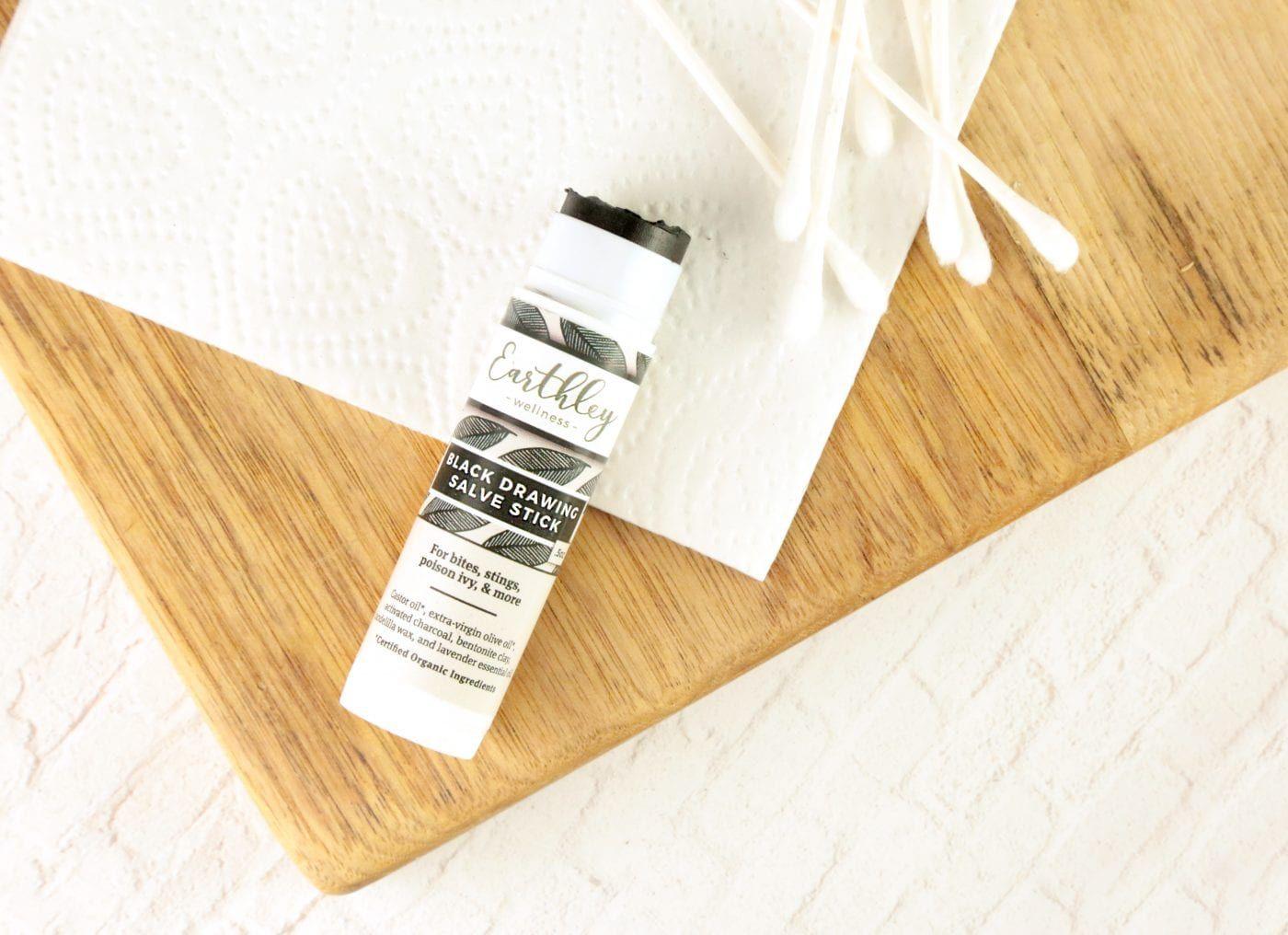Understanding the Basics of Heavy Metals

We humans have a history of poisoning ourselves with heavy metals.
During the Victorian Era (the mid-late 1800s), arsenic, called Paris Green, was used for green coloring. It was used in wallpapers and garments. Once it fell out of use for garments and decoration (due to people getting seriously sick and even dying), Paris Green was used as a pesticide. Mercury was used as a medicine to treat various ailments and sicknesses like cholera, fever, syphilis, headaches, and more. It was even used in a popular teething powder for babies. The stories continued from here. Radium was used in paint and clocks or lead in paint and gasoline until the 1970s.
Thankfully, today, we have testing and regulations regarding heavy metals. There are rules for what is considered a “safe amount” of heavy metals in everything from food, supplements, and clothes to toys, games, and furniture.
Consumer safety has never been higher. Not only are there agencies within the government that have policies to keep us safe regarding heavy metals, but independent researchers are also testing consumer products.
There are many theories and debates on what constitutes “safe amounts of heavy metals.” Government agencies have what they consider “safe,” and independent research has another. It’s also worth mentioning that our ability to test and see smaller and smaller amounts is only improving.
What does all this mean? Should you be concerned or worried about heavy metals? We took some time to explore these questions, research and share our approach to heavy metals in supplements.
Why does heavy metal testing matter?
Without rules and regulations, many companies won’t do the right thing by ensuring their products have acceptable levels of heavy metals (more about this in a minute). Many products are also cheaper if made with materials containing heavy metals. Not to mention, heavy metal testing can be expensive.
The truth about heavy metals
There are three things we know for sure about heavy metals.
#1 They’re not good for us. It may have taken poisoning, brain and nervous system damage, and even death, but we know that heavy metals do damage to us. The real question is, how much does it take to make us sick?
#2 They’re naturally occurring. This may seem counterintuitive to #1, but it’s the truth. Heavy metals are naturally occurring and are found all over the world. They become the most problematic when found in altered states from manufacturing and chemical reactions. Manufactured products and their byproducts often contain heavy metals that are put back into the air, soil, and water.
#3 We were made to detox. Our body is made to move toxins and cellular waste out of it through sweat, urine, and fecal matter. It is only when the system is overloaded with toxins, the detox pathways are blocked, or both that we start to have problems.
Safe limits
We can’t remove every heavy metal; we’ve never been able to (this is why detox pathways are so important), so let's talk about safe limits and who decides what is safe. In the United States, different agencies regulate heavy metals:
- Environmental Protection Agency (EPA) regulates heavy metals in the air
- Occupational Safety and Health Administration (OSHA) regulates heavy metal exposure in the workplace
- Consumer Product Safety Commission (CPSC) oversees children's products and other consumer goods
- Food and Drug Administration sets regulations for food, beverages, and dietary supplements
A Note about Prop 65 and Other Terms
Prop 65
California has its own restrictions that are stricter than those of Federal Agencies. Also known as Prop 65, it restricts levels of more than 800 chemicals, heavy metals, and phthalates, including the four heavy metals we are going to talk about here. Prop 65 applies to consumer products for ALL age groups.
MADL
When allowing heavy metals, they consider the Maximum Allowable Dose Level (MADL). So, when something passes a test, it doesn’t mean it doesn’t have the heavy metal in it; it just means it has an allowable amount. These are measured in several different ways.
PPM
Parts per million, or PPM, is a unit of measurement used to describe the concatenation of one thing in another. One PPM means that there is one part of that substance for every one million parts of the overall solution or mix.
1 PPM is the equivalent of about one milligram of a substance in one liter of water or one kilogram of soil.
PPB
Parts per billion, or PPB, is another unit of measurement used to describe the concatenation of one thing in another. One PPB means that there is one part of that substance for every one billion parts of the overall solution or mix.
About Heavy Metals
Lead
Lead is a naturally occurring metal. When too much is absorbed (which can happen through respiration, digestion, or topically), it can replace important minerals like zinc, iron, and calcium, causing nutritional deficiencies. It can also accumulate in the brain, liver, and kidneys without proper detox support. All forms of lead are toxic.
Organic
This form of lead occurs after it has been processed (bonded with carbon), usually in gasoline or additives. It is metabolized in the liver.
Inorganic
This is the form of lead that occurs naturally. It is found in soil, rocks, and water and is generally metabolized in the kidney.
Arsenic
Arsenic is a semi-metallic chemical, and while it’s toxic in both forms, it’s more toxic in its inorganic form. It is found in water and soil, and some foods, like rice and seafood, tend to have higher concentrations. It is considered carcinogenic, and after high amounts of exposure or long-term exposure, humans will exhibit a series of side effects, including gastrointestinal distress (nausea, vomiting, diarrhea), muscle cramps, abnormal heart rate, and more.
Mercury
Mercury is a naturally occurring metal found in the earth’s crust, including coal. Like arsenic, it is toxic in all forms. High or long-term exposure can have side effects like irritability, depression, anxiety, memory loss, numbness of the hands and feet, cognitive difficulties, and more.
Cadmium
Cadmium is a soft metal often used in batteries, pigments, coatings, and plastics. It is also considered a carcinogen. Like all the others, it is found in small amounts in water, soil, and air, the main contaminants coming from industrial manufacturing. Cadmium toxicity manifests as gastrointestinal distress (nausea, vomiting, diarrhea), flu-like symptoms, chest pain, and coughing.
In Conclusion
In the end, we know that we can’t live in a toxin-free world, and this includes heavy metals. Should we be concerned with the levels in our everyday products? Absolutely. But if you’re looking for a zero on a test, that’s going to be very difficult to accomplish. We think there is a spot where low test results, married with supporting your body’s ability to detox, is where most of us should be.
Earthley’s Standards
Here at Earthley, our standards are set by owner and head herbalist, Kate Tietje. She takes health very seriously, and that includes toxins! If a product doesn’t meet Earthley’s standards, it doesn’t get sold to customers. In March of 2023, that’s precisely what happened. Oyster Min didn’t pass 3rd party testing. That batch of oysters didn’t make it to production, even though there was serious (and we mean serious) demand. Customers were upset because they had to wait an undetermined amount of time before it was back in stock. Our customer's health is our top concern, and we won’t ever sell them something that will take away from their health. Now, our Oyster Min has passed our standards and is finally in stock again (and yes -- we do test it regularly)!
Not only has Kate set Earthley’s standards to be strict, but she’s also formulated detoxification products like Vaccine Detox, Gut Health Oil, and Liver Love, because she knows it important to support the body’s natural ability to detox.
We think health is a personal choice, and we empower you to decide what works best for you and your loved ones. That’s why we take the time to provide education. If you want to learn more about natural health, check out our education center, which has over 40 guides and health and wellness.
Together, we can change the way the world sees health care.
Resources and Additional Reading:
New Report Shows Radium Dials Might Pose Serious Danger - Hodinkee
Paris Green - an overview | ScienceDirect Topics
Arsenic and Old Tastes Made Victorian Wallpaper Deadly | Smithsonian (smithsonianmag.com)
Arsenic Exposure and Toxicology: A Historical Perspective - PMC (nih.gov)
Unveiling the Health Ramifications of Lead Poisoning: A Narrative Review - PMC (nih.gov)
Kinetic analysis of lead metabolism in healthy humans
Radium Girls: The Women Who Fought for Their Lives in a Killer Workplace | Britannica
Clinical Vistas: Pink ladies: mercury poisoning in twin girls - PMC (nih.gov)
Syphilis and the use of mercury - The Pharmaceutical Journal (pharmaceutical-journal.com)
Find what you need below!
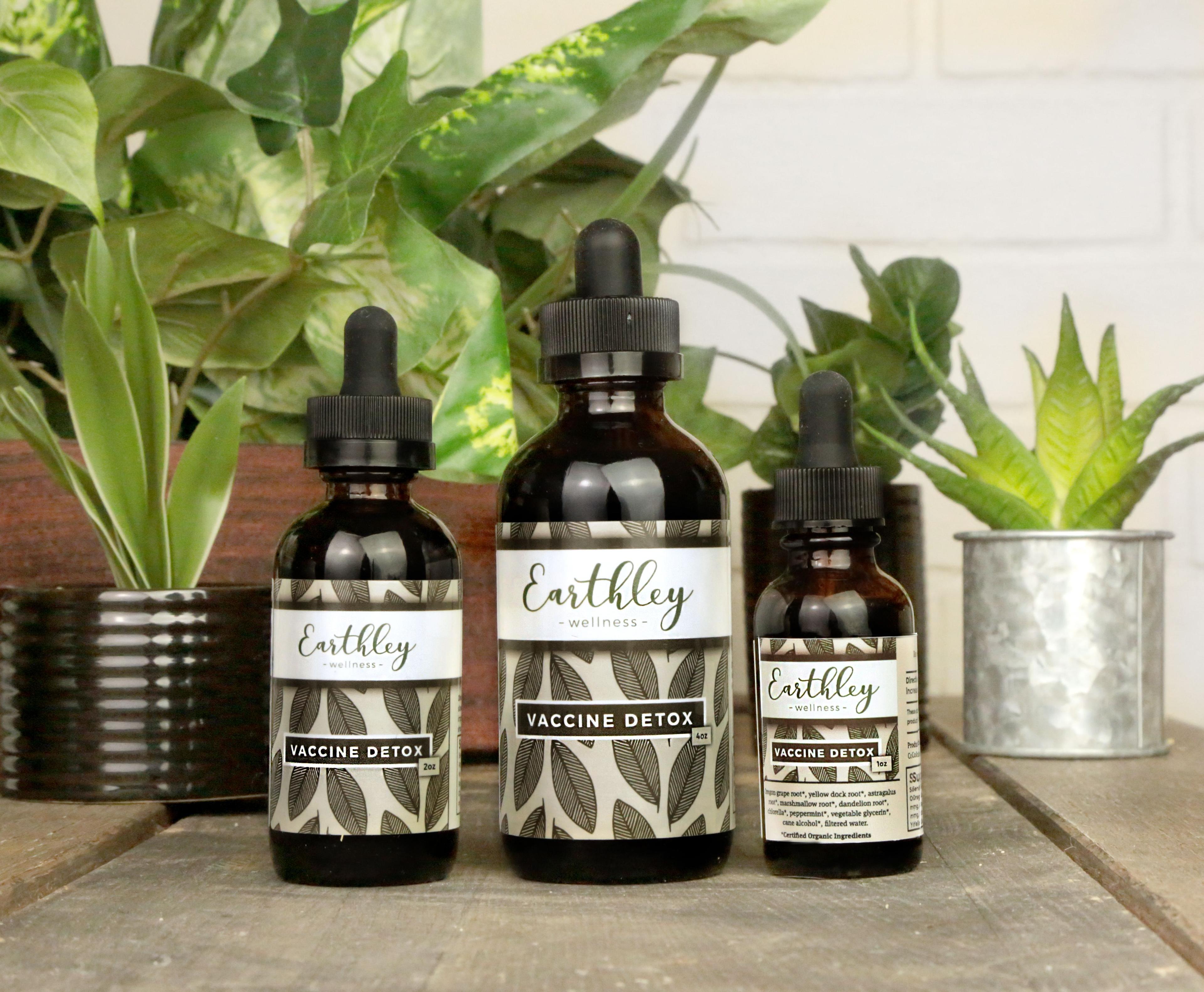
Supports gut health, supports immunity, and promotes detox
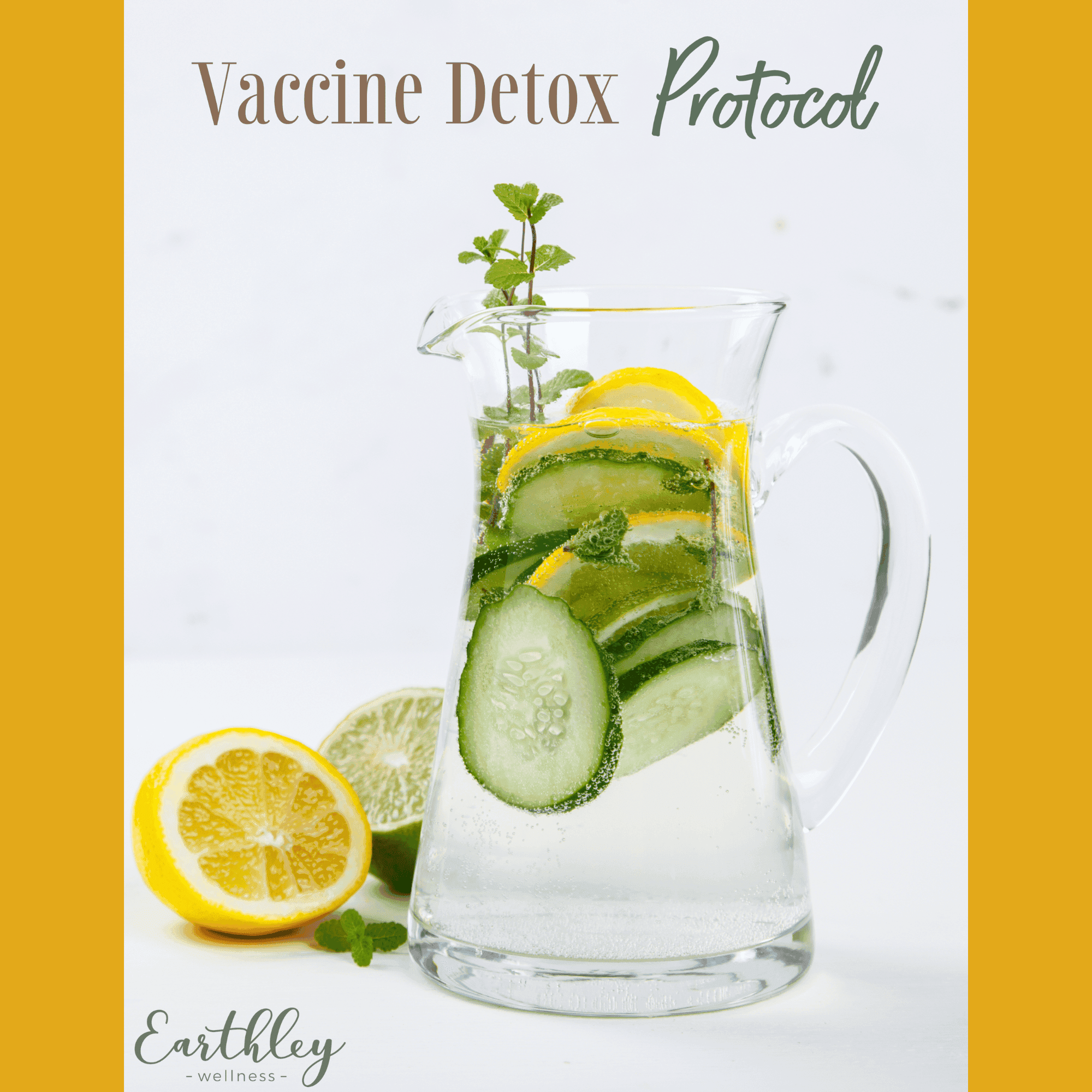
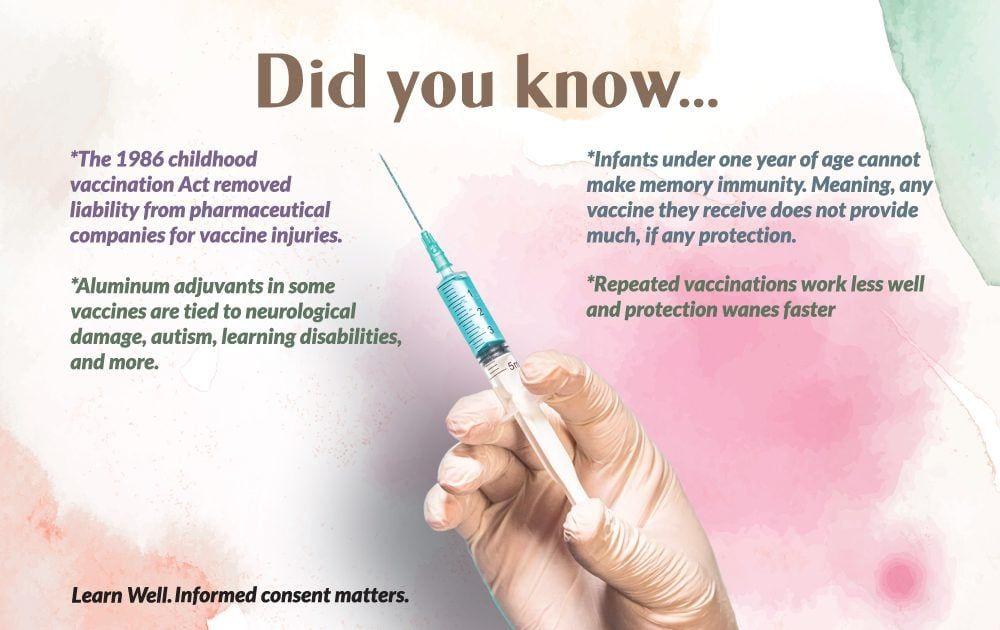
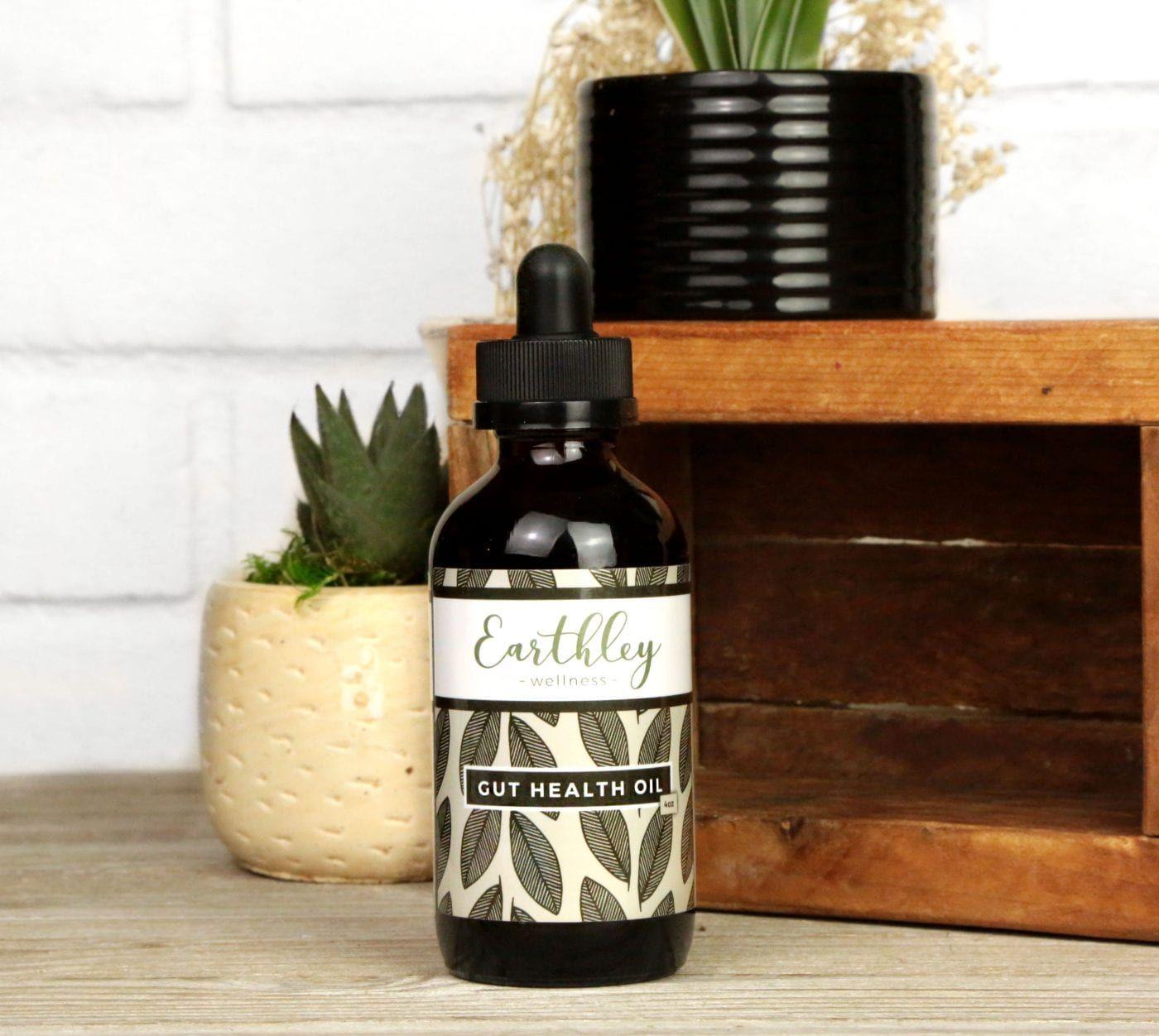
Supports digestive health and helps maintain a balanced microbial environment. Supports oral hygiene.
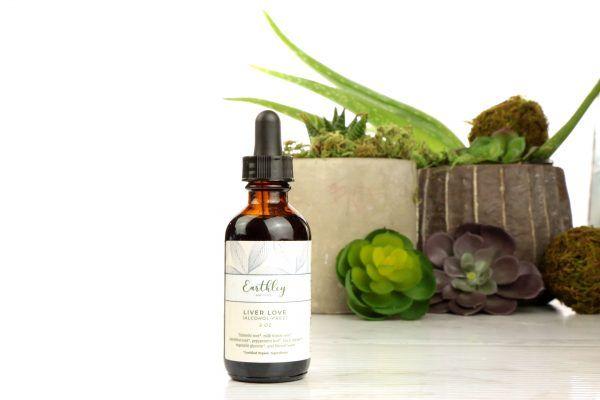
To support healthy liver function
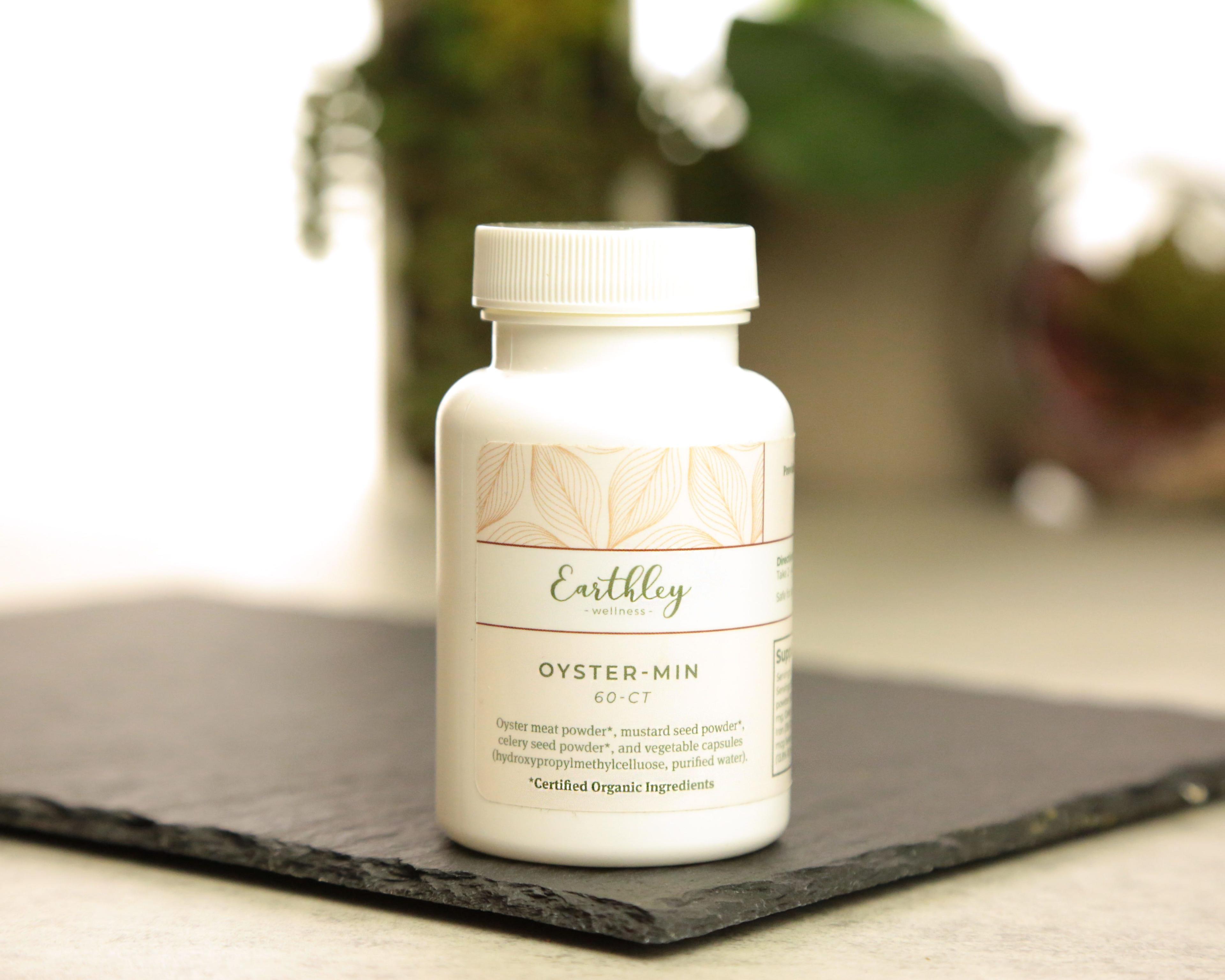
For minerals and hormone balance
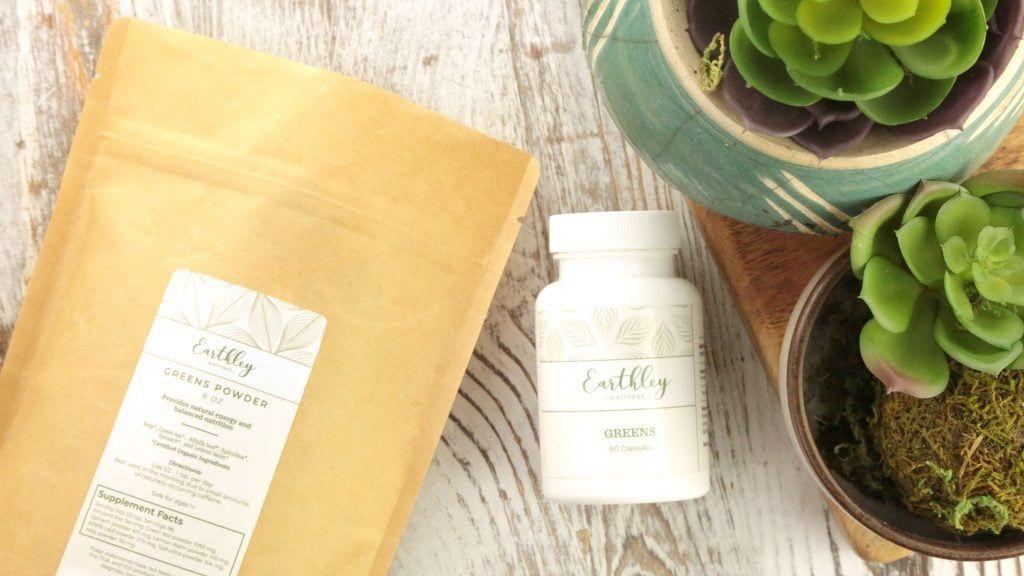
Provides natural energy and balanced nutrition
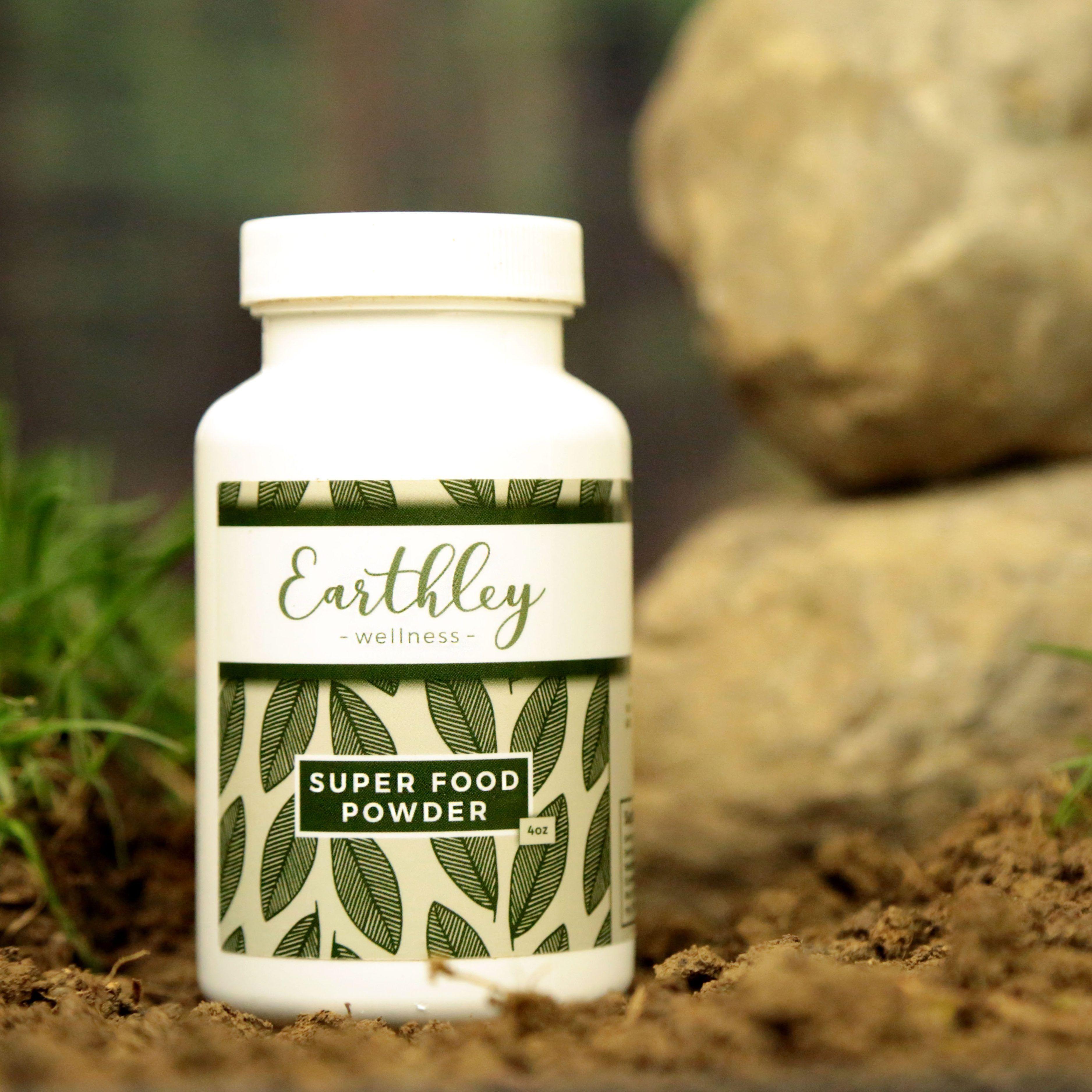
Promotes energy, gut health, and immunity with the nourishing power of plants
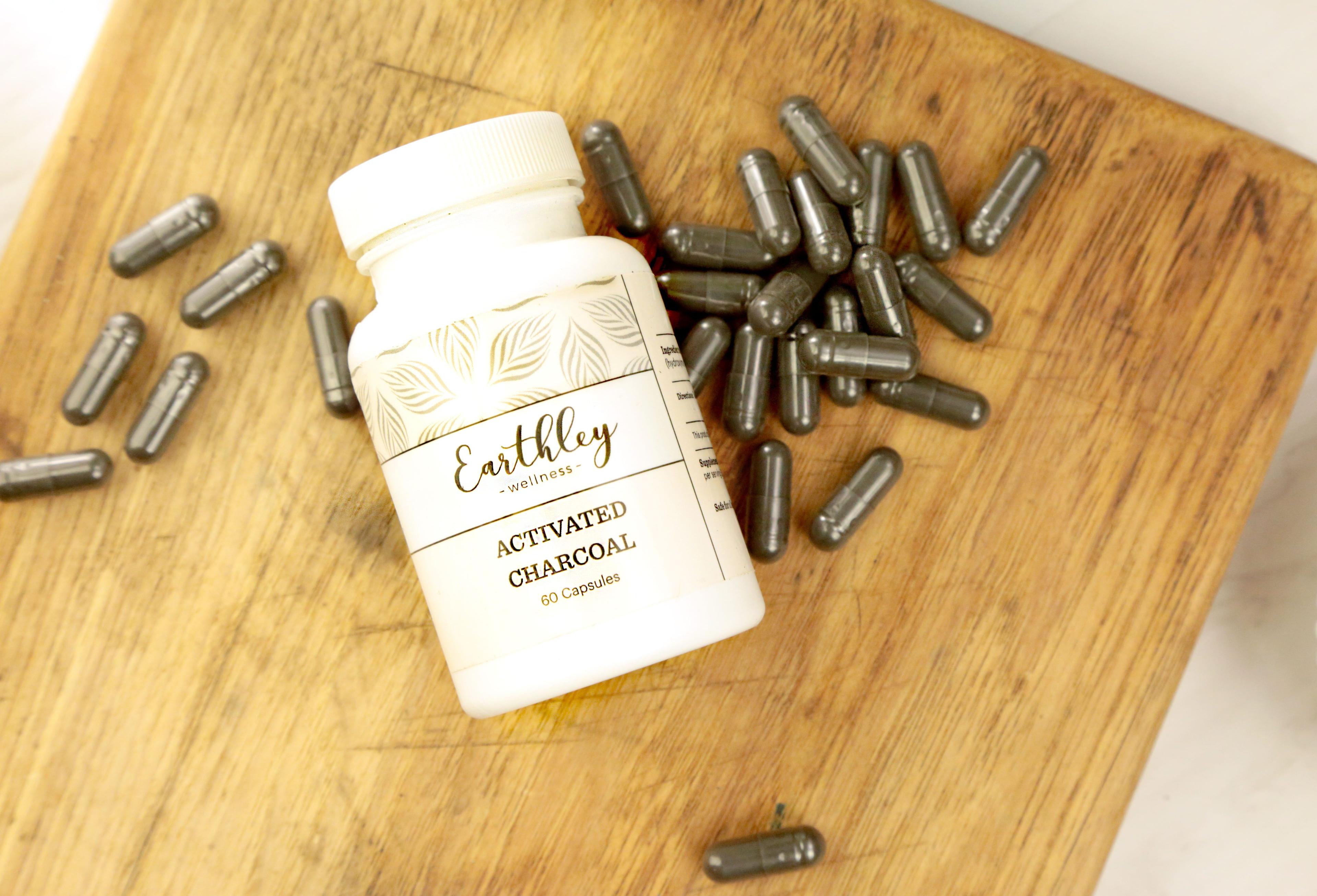
Natural detoxification support
